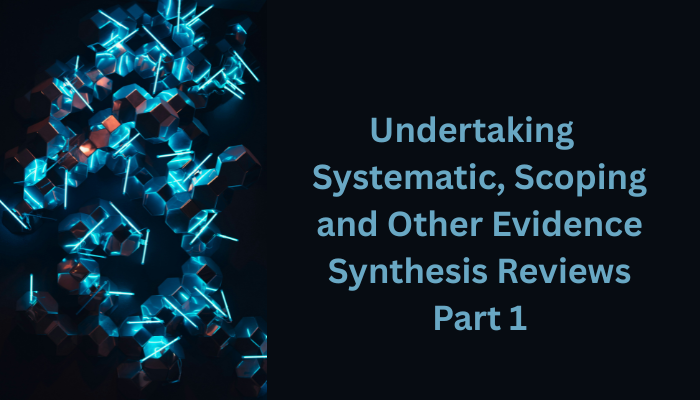
A systematic review search is expected to be extensive, and it is standard practice to search across multiple databases. As a result, it is common to find the same study multiple times by the end of the searching process. While it is required to report the total number of studies found in each database, it will become necessary to de-duplicate the total number of studies to reduce the amount of time required later during the screening process.
Further reading:
Some platforms offer a feature to automatically mark some records as ineligible, to reduce the burden of screening records. An example is the Covidence Screen4Me workflow which screens out non-RCTs.
Thomas, J., McDonald, S., Noel-Storr, A., Shemilt, I.,Elliott,J., Mavergames, C., & Marshall, I. J.(2021).Machine learning reduced workload with minimal risk of missing studies: development and evaluation of a randomized controlled trial classifier for Cochrane Reviews. Journal of Clinical Epidemiology, 133, 140-151. https://doi.org/10.1016/j.jclinepi.2020.11.003
 Navigate the maze of evidence synthesis including systematic reviews, scoping reviews, and more.
Navigate the maze of evidence synthesis including systematic reviews, scoping reviews, and more.
Part I provides a thorough breakdown of the early stages of an evidence synthesis review, from ideation through to the searching stage, including reporting standards, AI, and automation tools. Offered by NSLHD Libraries in conjunction with RNS ICU Research’s A/Prof Rosalind Elliott.
The content of the Overview class is assumed knowledge for this class.
Watch a recording of this class or see upcoming training in the NSLHD Libraries intranet calendar.